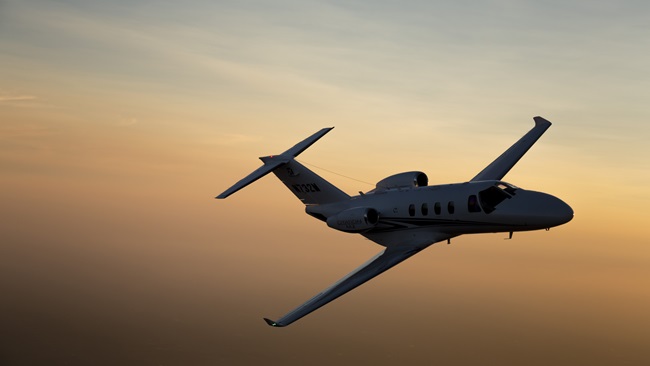Back in the box
Staying proficient in Cessna’s Mustang
For a light jet under 10,000 pounds maximum gross takeoff weight, the Mustang is pretty full-featured. It has full-authority digital engine controls (FADEC) to prevent engine exceedances, for example, as well as touchdown protection to prevent landing with brakes applied, antiskid braking, and an engine fire extinguishing system. Still, design compromises had to be made, and it’s those systems compromises, and much more information, that were reviewed during eight hours of class sessions on the course’s first day. Our instructor was James Doane, whose background included 23 years of regional airline flying.
Ground school also featured a review of the Mustang’s memory items—the first few actions to be taken when an abnormal or emergency situation crops up. There are 21 memory items. Five involve first putting on the quick-donning oxygen mask and then switching the microphone source switch to the Mask position (electrical fire, electrical smoke, smoke removal, environmental smoke or odor, loss of cabin pressure) so those are easy. Pitch, aileron, and rudder runaways also are intuitive (hold the controls firmly, then disconnect the autopilot and pull the associated circuit breaker).
But some memory items make you think. Engine fire light illuminated? Go to idle power on the affected engine and wait 15 seconds. If the light remains on, lift its guarded cover and push the switch to cut off fuel and generator power, and arm the fire bottle’s explosive squib. (But don’t blow the fire bottle quite yet; more on that later.) Dual generator failure? Try resetting them, but if that doesn’t work rapidly, move the battery switch to the Emergency position. Why rapidly? Because if you dawdle, you’ll lose both your attitude and heading reference system (AHRS) units as well as any flight plan information you entered. Doane refreshed our memories on all this and more.
This brought us to a discussion of some of the Mustang’s shortcomings. One of them crops up in the case of a dual generator failure. The airplane has a 30-minute battery endurance, assuming the battery switch is in the Emer position, which causes automatic load-shedding. Leave the battery switch in the Batt position and endurance drops to an alarming 10 minutes. A dual generator failure is rare, but better battery capacity would also be nice, especially if an instrument approach is in the offing.
After Doane’s systems review there was a written test; then it was on to the second and third days’ work in the simulator.
Simcom offers a choice of following a standard course of training, with four hours of simulator drills and a final checkride flight, or a progressive regimen, where the drills and checkride elements are merged. In the course of progressive training, if a maneuver or procedure is done correctly it’s marked as completed for the purposes of the checkride. If you botch a task, you repeat it to proficiency and then move on. It amounts to a rolling checkride, with the advantage of bypassing the added stress of a separate, two-hour checkride. I chose the progressive route, figuring I’d surely need some practice. After all, this annual proficiency check is a carbon copy of the initial type rating checkride and must be flown to ATP standards.
The simulator training followed the prescribed list of maneuvers and procedures, all of it under the watchful eye of my instructor, Clovis Jones Jr. Steep turns, approaches to stalls—clean, takeoff, and landing configuration, with and without autopilot engaged—inflight shutdowns and restarts, plus recovery from unusual attitudes comprised the maneuvers portion.
Next came a slew of instrument approaches, plus a few missed approaches and holding patterns. The simulator, although rated a Level C, is nearly identical to Level D simulators—those with the highest degree of visual detail and resolution. Level C simulators have a 75-degree-wide field of view; Level Ds have 150-degree fields of view. And as with Level D simulators, takeoffs, approaches, and landings in a Level C simulator can be logged.
All our instrument work used procedures associated with New York’s John F. Kennedy International Airport. They included ILSs to Runway 4R, VORs to 4L and 13L, ILSs to 22L, plus RNAV GPS to 4R with a circle-to-land on Runway 31R. The use of the plural indicates multiple approaches involving both coupled and uncoupled, and/or one-engine-inoperative approaches. Of course, rejected takeoffs, engine-out missed approaches and holding patterns, and no-flap approaches also were part of the mix.
In all, there were 19 approaches (nine of them single-engine, with three of those manually flown), plus 14 takeoffs and landings (half of them day, half night). My big challenges centered on staying ahead of the airplane in such fast-paced situations (it seemed as though we never flew more than 20 miles from JFK) and recalling the power settings for the various approaches. In one epic blunder I lowered the landing gear way too late in a final approach segment.
In the emergency and abnormal procedures portion of the flight, Jones made sure I ticked off all the boxes but dwelled on the Mustang’s fire detection system. After seeing a fire indication’s red warning switchlight, you’re supposed to retard the power lever on the affected side and wait for 15 seconds. If the light goes out before then, does this really mean a fire has occurred? Or is the problem a bleed air leak? The only way to find out is to move the rotary test switch to Fire Warn and see if the switchlight stays illuminated, meaning that the system is functional and that the retarded power lever has reduced the flow of hot air coming from a bleed air leak. But if the fire light does go out during the rotary switch test this could indicate that a fire has damaged its sensor. So, blow the fire bottle but do it quickly, before the 30-second mark. That’s a lot to remember when a fire may be blazing away.
Emergency descents were also emphasized, and here’s where the Mustang’s high VLO and VLE come in handy. You can extend the gear right up to the airplane’s VMO of 250 KIAS, which—with speed brakes extended, power at idle, speed at 250, and nose pointed 20 degrees down—can produce descent rates of 8,000 fpm or so. I’ve even heard a 10,000-fpm descent is possible.
Of all the emergencies save a fire, a dual generator failure may be the worst. You have maybe 30 minutes to get on the ground before the lights go out. You won’t have windshield heat, or wing or tail deice boots. You’ll only have the pilot’s primary flight display, operating in reversionary mode. You won’t have flaps because they’re electrically powered. Without its electrically powered controls, there won’t be any hydraulic power to actuate the landing gear, so you’ll need to use the blow-down bottle to drive the gear down. With no flaps, you’ll have to add extra speed to your normal VREF airspeeds and almost double your normal landing distance. There’s an independent pneumatic system for emergency braking but no antiskid, so easy does it when you pull on the emergency brake lever—pull too hard and you’ll blow the tires. And with that, my seven-hour-long stint in the simulator was done, and my proficiency check complete.
When most pilots think of Simcom, they think of its huge flagship facility in Orlando, Florida. But the Scottsdale facility, located next to the Scottsdale Airport, also has its strengths. It has Level C simulator-based pilot initial and recurrent courses for the Cessna Citation II as well as the Mustang, plus its model-specific non-motion advanced aviation flight training devices (FTDs) with wide-screen visual systems for the Cessna 340, Cessna 421, Beechcraft King Air 200 (one of which has Garmin G600 avionics), Beechcraft Baron, and a Series 9/10 Pilatus PC–12. A TBM 910 Level 6 FTD with model-specific aerodynamic programming, control feel, and cockpit is soon to be installed, and there’s also talk of new Pilatus PC–12NG simulator—either a Level 6 FTD or a full-motion Level C simulator.
There may be more in the offing for Simcom. Directional Aviation, owner of several high-profile aviation enterprises—including fractional ownership firms FlexJet and Flight Options, jet card operator Sentient Jet, the Skyjet charter service, and Nextant Aerospace—recently purchased Simcom. This puts a rejuvenated Simcom in a position to become FlexJet’s and Flight Options’ in-house training organization. It also opens the way to broadening Simcom’s offerings, inasmuch as FlexJet’s fleet relies heavily on Challenger 300/350 and Gulfstream G650 aircraft.
“Simcom has become a third player in what has become a duopoly in the training business,” said Eric Hinson, Simcom’s president and CEO, referring to competitors FlightSafety International and CAE. “Now we can change that and expand our offerings to include more current-production airplanes, while at the same time maintaining our commitment to legacy aircraft training”—a reference to Simcom’s Piper Cheyenne, Cessna Conquest, MU-2, Falcon 20, Twin Commander, and other older-airplane type-specific training courses.
Hinson said that to build this new Simcom simulator fleet, requests for proposals have been sent to all the major simulator manufacturers, including FlightSafety, CAE, and TRU Simulation and Training. At the same time, Hinson said Simcom will continue to serve as the training provider of choice for several current-production, owner-flown aircraft, expanding its fleet of PC–12, Piper, and TBM simulators and training services. There’s even talk of a presence in the European training market. Bottom line: Simcom will have a new look and feel in the near future.
Email [email protected]

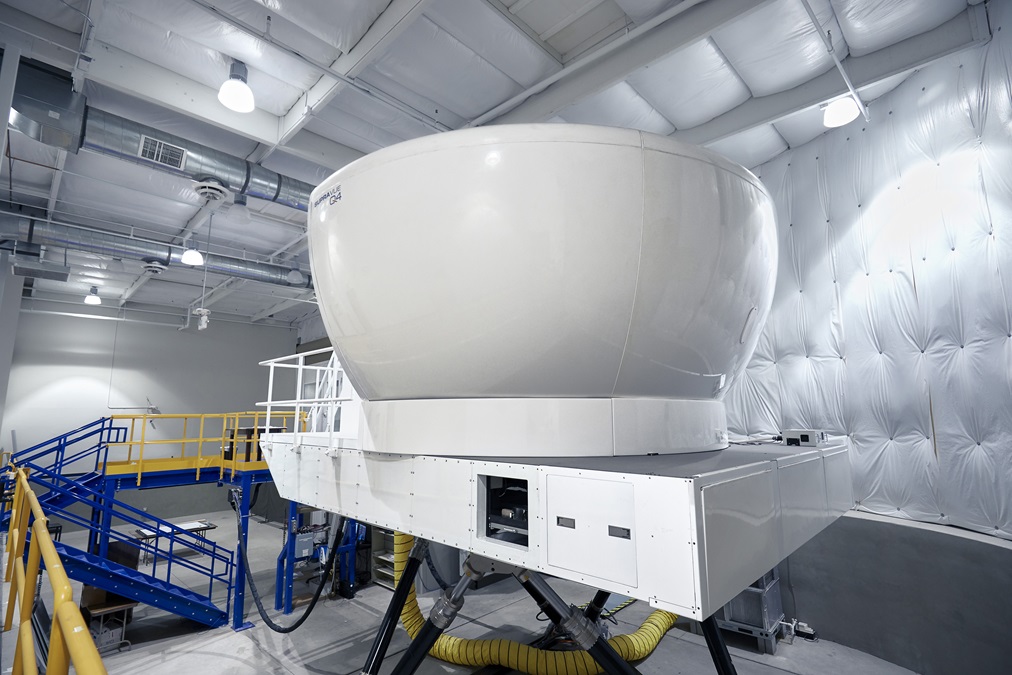
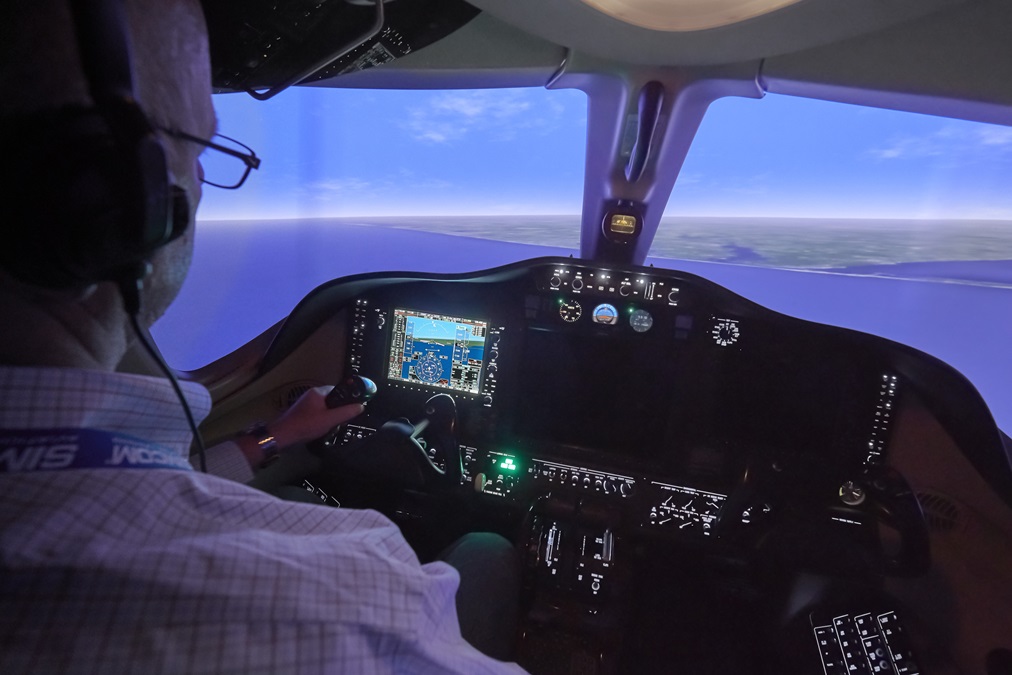
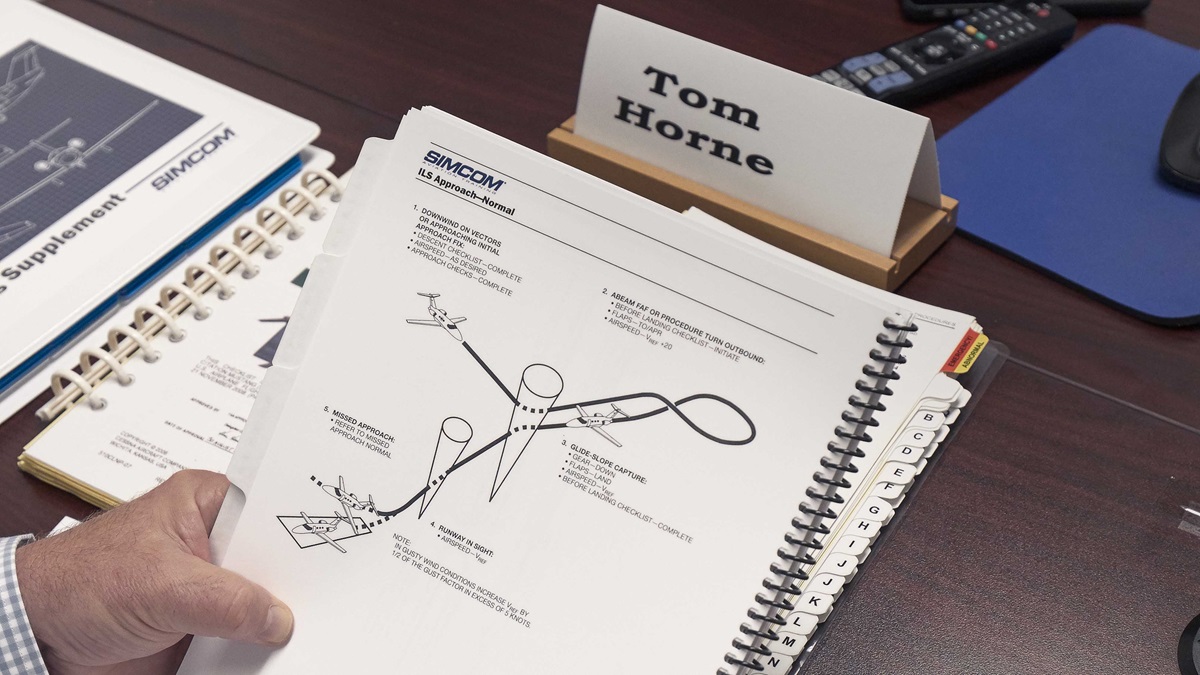
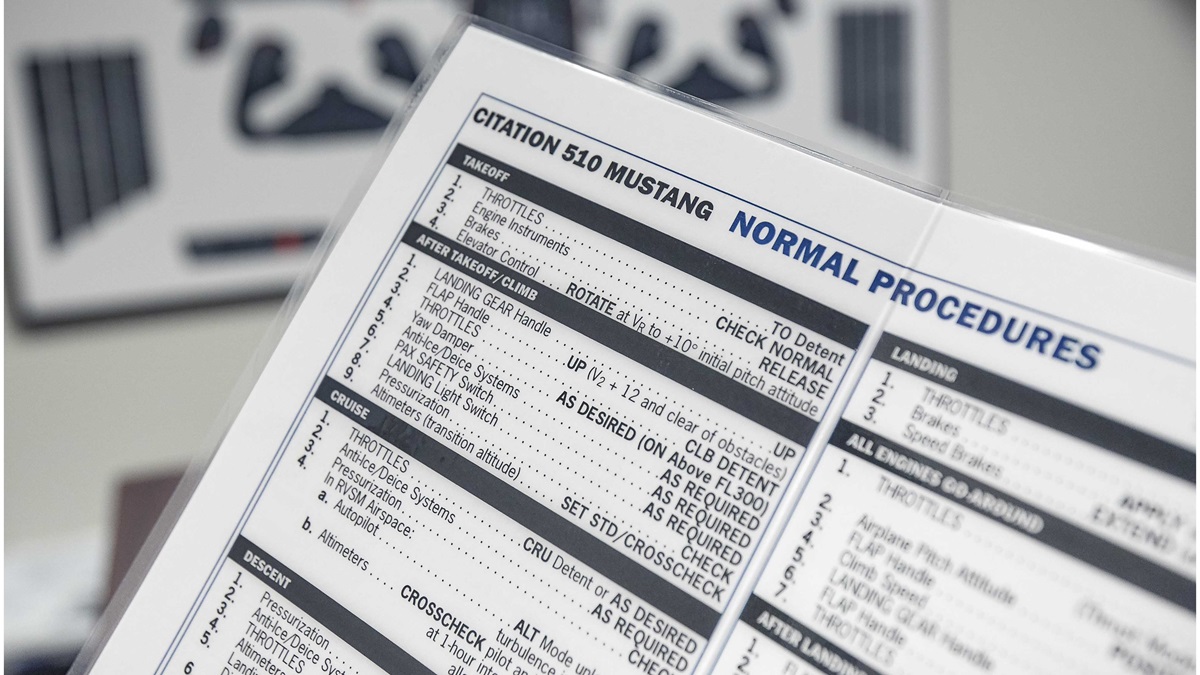
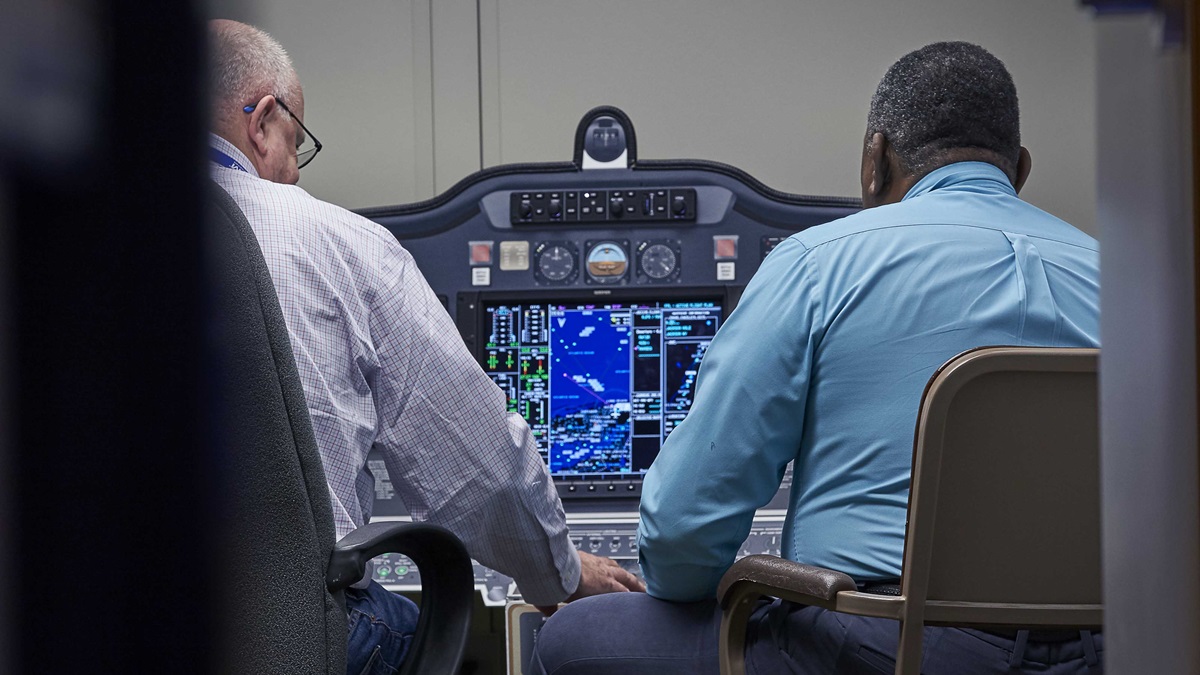
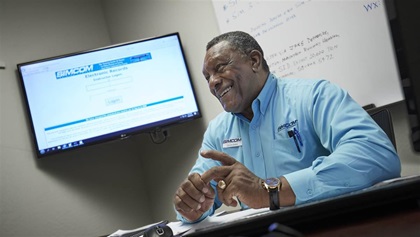 Clovis Jones Jr. always wanted to fly, but when he signed up for the U.S. Army he was instead assigned for training as an Airborne Infantryman in the 1st Air Cavalry Division. After a tour of duty in the Vietnam War that included service in the battles for Pleiku and the Ia Drang Valley, he served a second tour in Vietnam, this time after speeding up the ranks and becoming the pilot of Bell UH–1 Huey and AH–1 Cobra attack helicopters. He retired as a major, having earned the Combat Infantry Badge, a Bronze Star, 20 Air Medals (one with a “V” device for saving a firebase from being overrun), two Army Commendation Medals, and a Presidential Unit Citation.
Clovis Jones Jr. always wanted to fly, but when he signed up for the U.S. Army he was instead assigned for training as an Airborne Infantryman in the 1st Air Cavalry Division. After a tour of duty in the Vietnam War that included service in the battles for Pleiku and the Ia Drang Valley, he served a second tour in Vietnam, this time after speeding up the ranks and becoming the pilot of Bell UH–1 Huey and AH–1 Cobra attack helicopters. He retired as a major, having earned the Combat Infantry Badge, a Bronze Star, 20 Air Medals (one with a “V” device for saving a firebase from being overrun), two Army Commendation Medals, and a Presidential Unit Citation.

